Gabbi knew that real estate was the right career from the start. She is now dual licensed in both Kentucky and Ohio. She had her first sale within a month of getting licensed and hit her first million in volume within her first 6 months. She will have her real estate license for the rest of her life. Call her anytime if you have questions about becoming a real estate agent. She loves to share her passion for real estate with others!
What is an Owner-Occupied Investment Property?

We’ve talked about how to save up for a single-family residential home. We’ve discussed how to evaluate investment properties. Now, I am going to evaluate a rental property that you plan to use as your main residence and a rental.
What is an owner-occupied investment property and why are the perks to owning one? Owner-occupied property is a piece of real estate in which the person who holds the title (or owns the property) also uses the home as their primary residence. The term “owner-occupied” is commonly associated with real estate investors who live in a property and rent out separate units to tenants.
Benefits:
- You are eligible for more borrowing options and lower down payment options.
- Lower risk of defaulting on the loan.
- You can save costs on property management.
- Easy to maintain and make repairs on site.
- You can write off all business-related expenses on your taxes.
- You can leverage the property’s income to minimize your living expenses.
Drawbacks:
- You must deal with additional costs including vacancy and repairs.
- Tenants can be difficult.
- Owning a revenue-producing asset complicates your taxes.
Now we’ll break down the steps of buying and analyzing your investment property:
Step 1: Decide what you want.
- How much are you willing to spend?
- What areas are you willing to live in?
- How many units do you want to manage?
- What property condition are you willing to buy?
Step #2: Start your search.
Find yourself a realtor and begin the search or, even better save money and obtain your license so that you can represent yourself. Be patient and run the numbers just like you would on a normal investment property. If you want to read that article again click here. Try to make decisions that make sense for your rental strategies and not just look at properties that ascetically fit the bill.
Step #3: Obtain financing.
Meet with a few loan officers to evaluate all current loan options. When you purchase an owner-occupied property, you can usually get away with putting down 3-6% instead of a standard investment property that has a minimum of 25% down. Plan on paying an additional 3% of the purchase price for closing costs.
Step #4: Write an offer and close.
Your real estate agent should be able to guide you on writing an offer, negotiations, ordering an inspection, appraisal, and closing. Take your inspection and study it before you go through with the final purchase. You should budget and plan for both anticipated and unanticipated repairs.
Step #5: Create a business plan and budget.
Create a list of all the expenses you will have each month. Then, research what the market rent is in your area and create a spreadsheet with your estimated monthly cash flow. Make sure to have a minimum number you’ll accept for rent and stick to it. Update your spreadsheet each month to stay on track.
Step #6: Create a process for yourself.
Get with a local attorney and ask them to draw up a leasing agreement for you to implement. Plan out who is paying for what utilities, decide how much the initial deposit is before move in, and how long they are agreeing to be your tenant. If you have any additional questions, call an attorney or meet with other local landlords in your area for additional guidance.
Step #8: Rent the remaining units.
Once you are settled into your side of the property, make sure to clean and prepare the other side for your new tenant. Paint and make all the additional repairs ahead of time. Take pictures of the entire property and either list it in the MLS, Craigslist, Zillow, or Apartment.com. Then, you will need to decide who is your ideal client. You will be living near this tenant so be selective. Decide ahead of time if you are going to run a credit check, ask for references, or require proof of employment. Remember to be patient and not jump at the first lead you come across.
Step #8: Save for future expenses.
Things are inevitably going to break or need to be replaced. Take a portion of your monthly cash flow and put it aside for maintenance and repairs. Also, save a portion for vacancies to supplement tenant turnover. It’s better to be over-prepared than rely on high-interest credit cards to maintain your property.
Owner-occupied properties come with several benefits that can save you money on your living expenses at the very least and even generate additional income for you in most cases. You are going to learn a lot from experience. Being a landlord and dealing with issues as they come will prepare you for bigger investment properties. Maybe your next one will be a tri-plex or an apartment building. Good luck and check back in with the Career Corner for more industry insights.
About the Author
Recent Posts
Let's Stay Connected
Follow us on and become part of the PREC community
Never miss a tweet by connecting with us on Twitter
Check our our posts about trends in real estate industry and market









